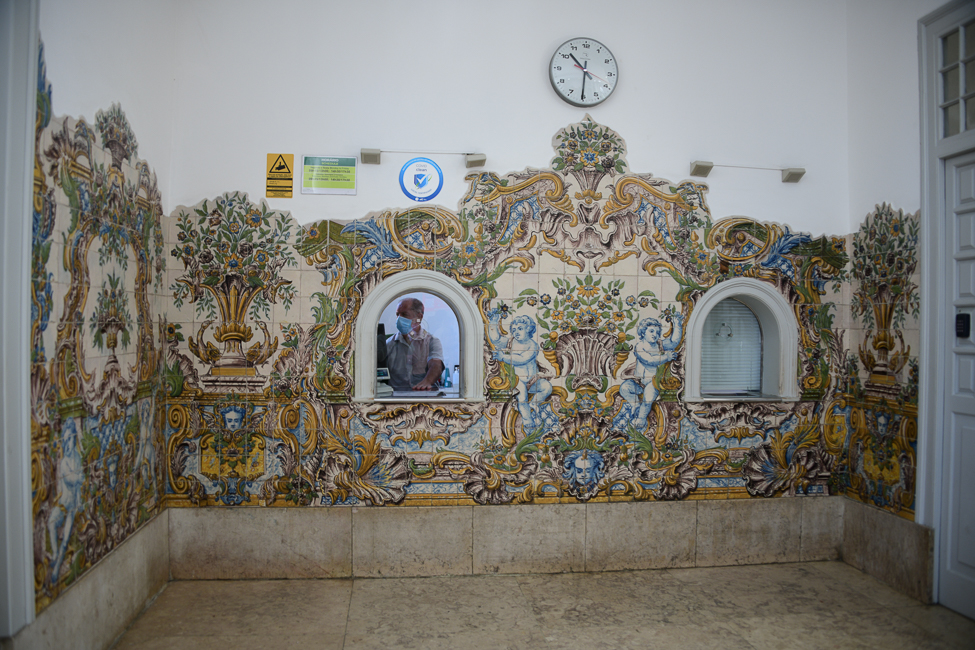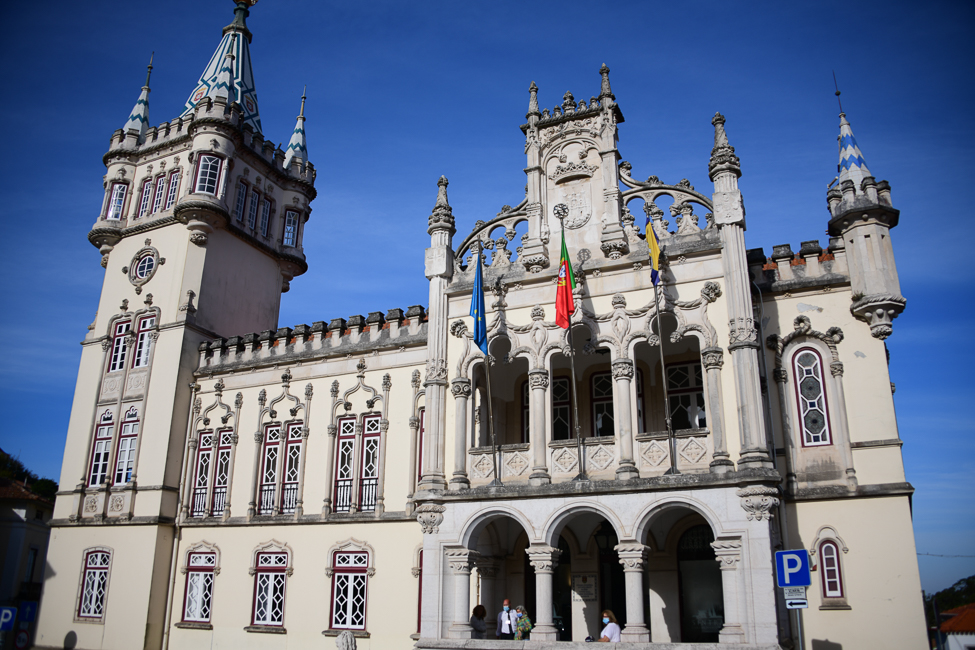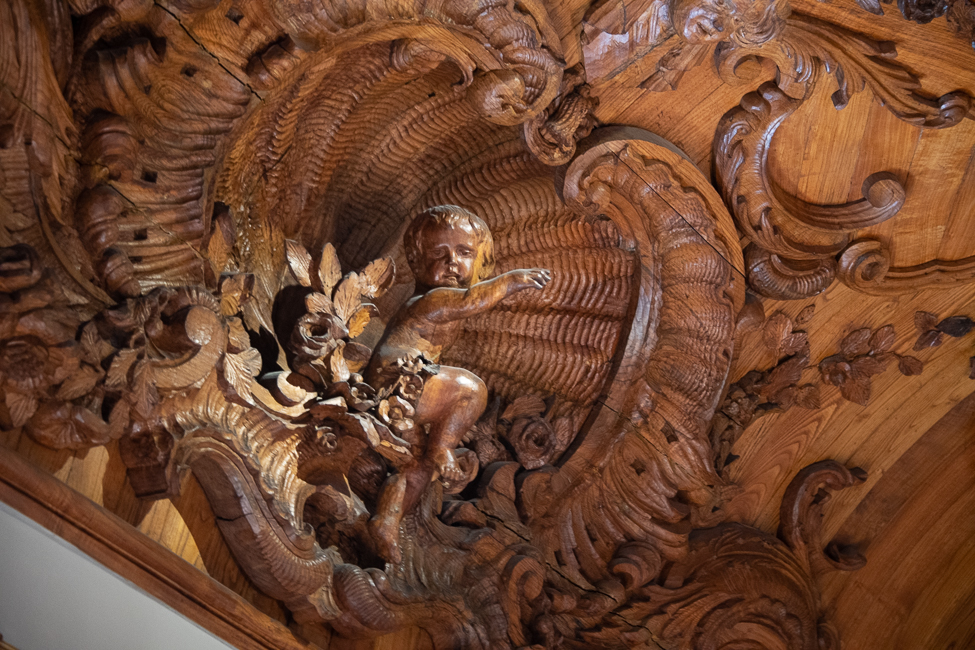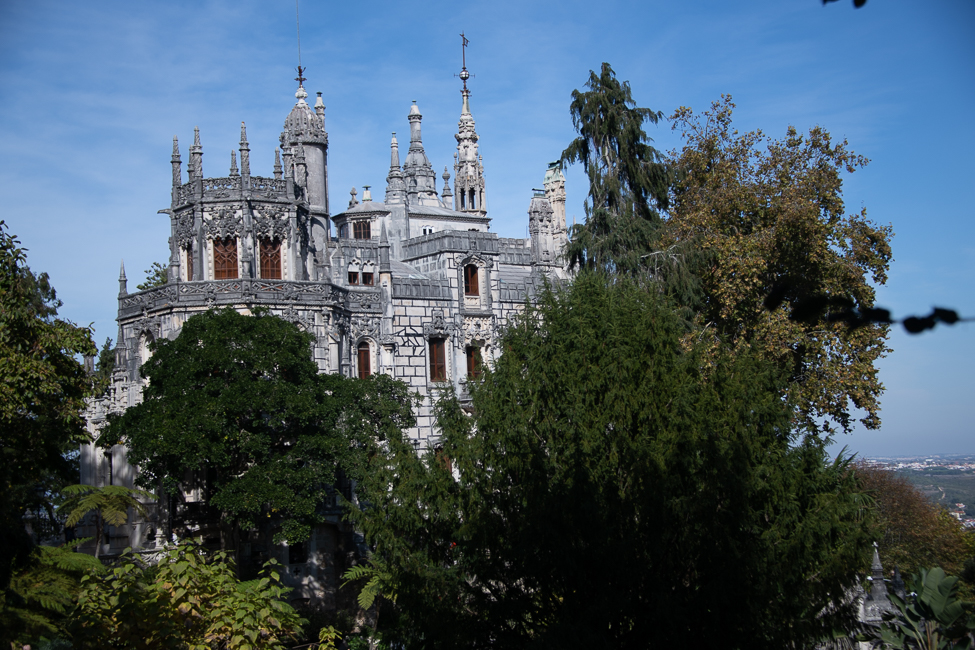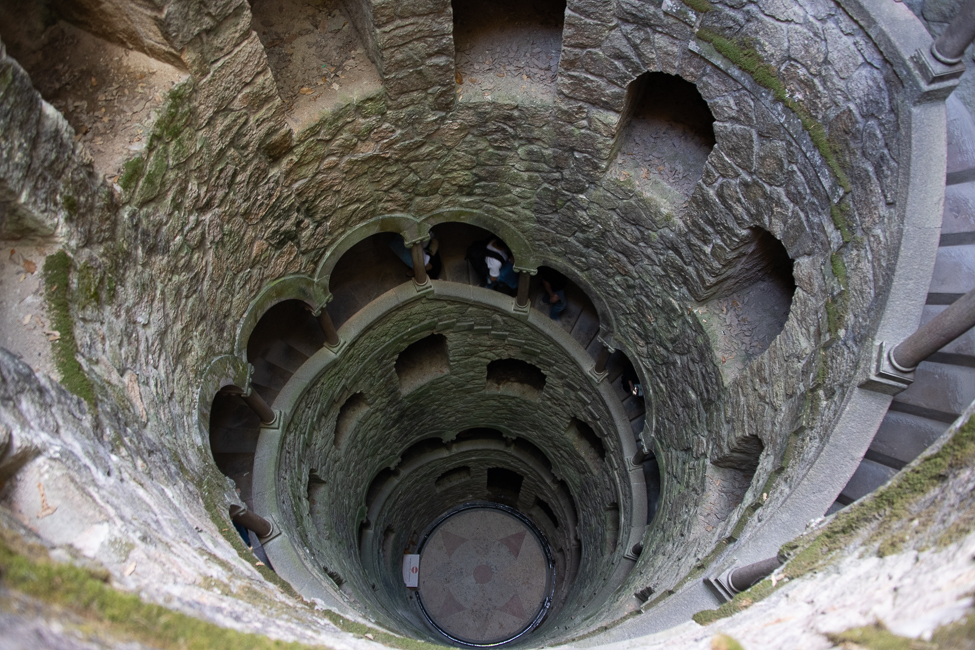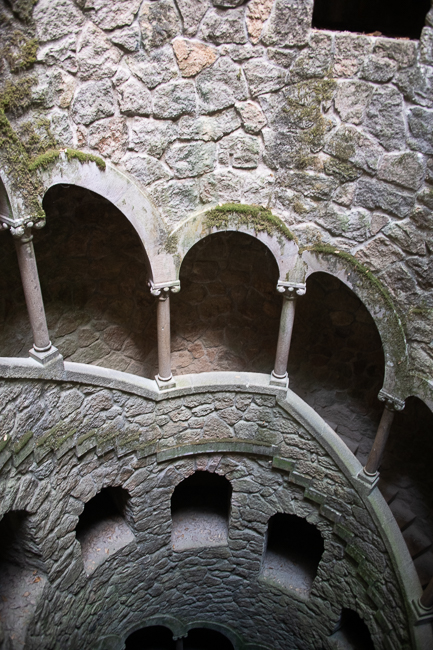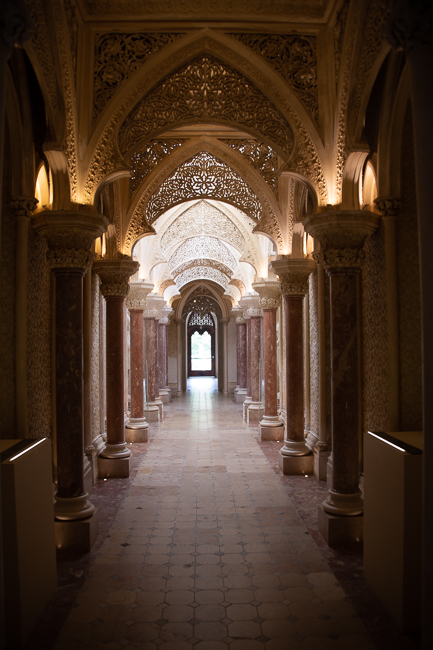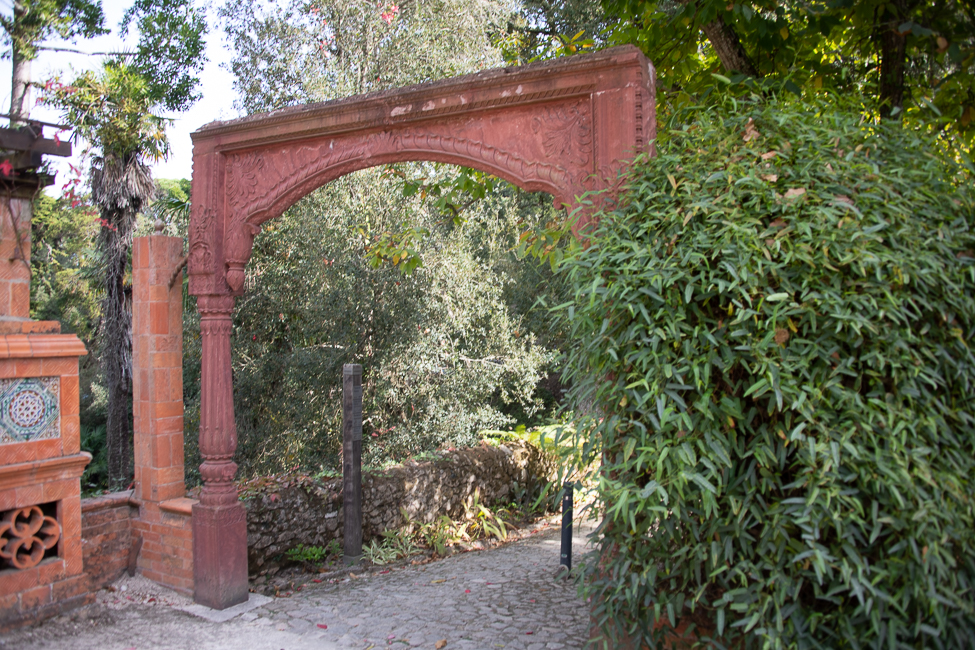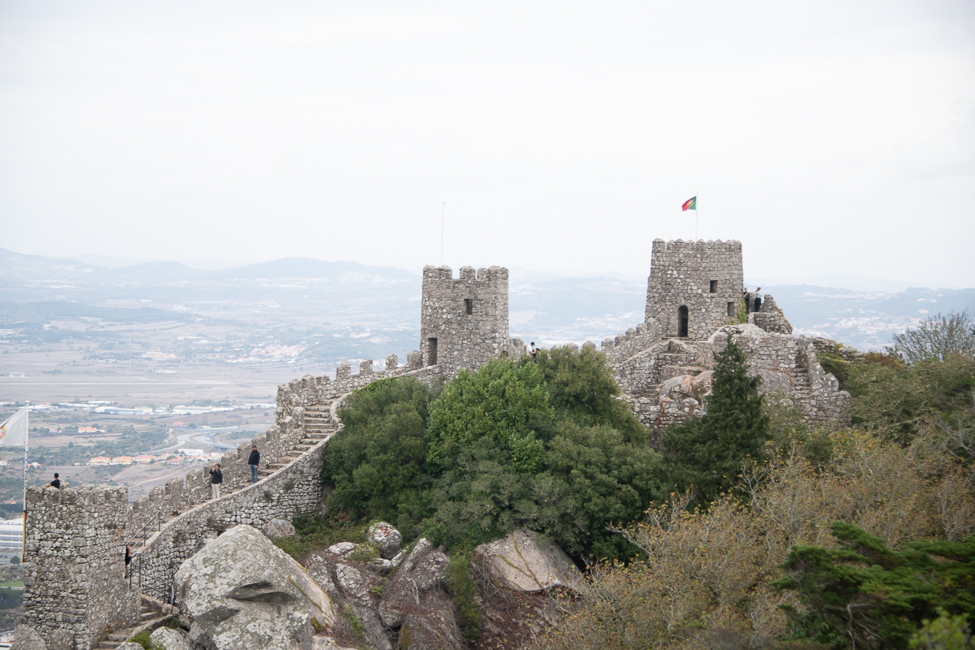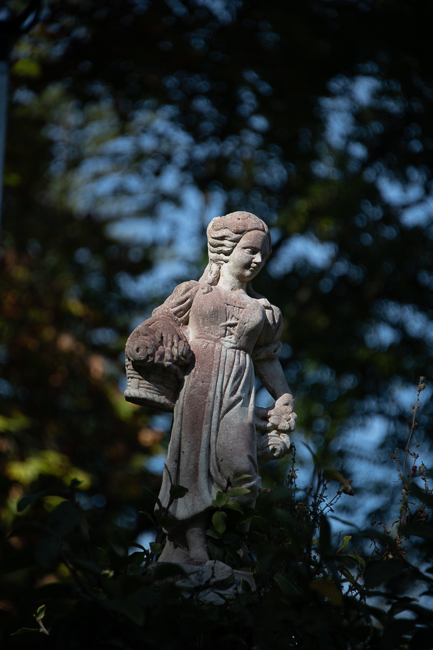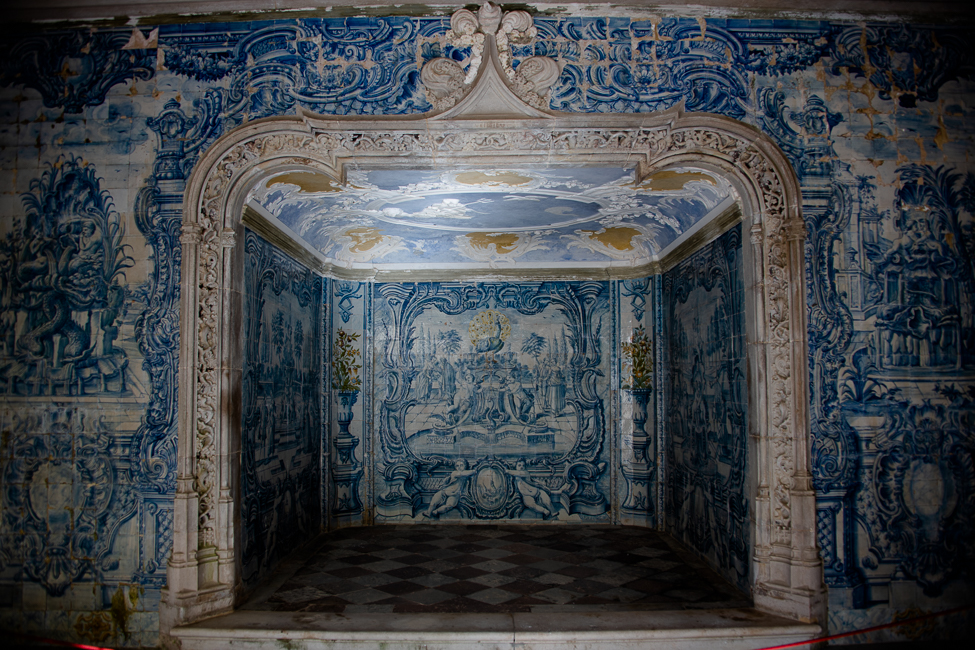October 2021
If you arrive by train, this is the ticket booth. The town becomes magical with the azulejos, upon arrival.
The first building you encounter after embarking from the train is the Town Hall. The fairytale continues.
May I begin with a complaint? Sintra is one of the most discussed, lauded, and praised places outside of Lisbon. It is amazing, and worth a visit, and in fact, I would suggest a day and a half, not the day that most people allot, however, it is also suffering severely from over tourism. My visit was unpleasant at best. It felt like a day at Disneyland with lines to enter the different sites having a minimum of a twenty minute wait. Then the places were over run with tourists with unruly children. For gods sake, one woman was changing her child’s diaper on a 1000 year old table. I know how desperately economies need tourist dollars, but there is a point where tourism ruins why you visit. Sintra is also a UNESCO World Heritage Site, another factor in the discussion.
I will also add that I wonder – is part of this because Sintra is one of the wealthiest and most expensive municipalities in both Portugal and the Iberian Peninsula as a whole, and that Madonna bought a place here for what was reported to be $8,927,470? Maybe people are hoping to espy the Material Girl?
I took well over 300 photos of the area, so bear with me, these will be few and random with an explanation as best I can.
I began in town at the Palacio National, not a very visited site. I was in love with the ceilings.
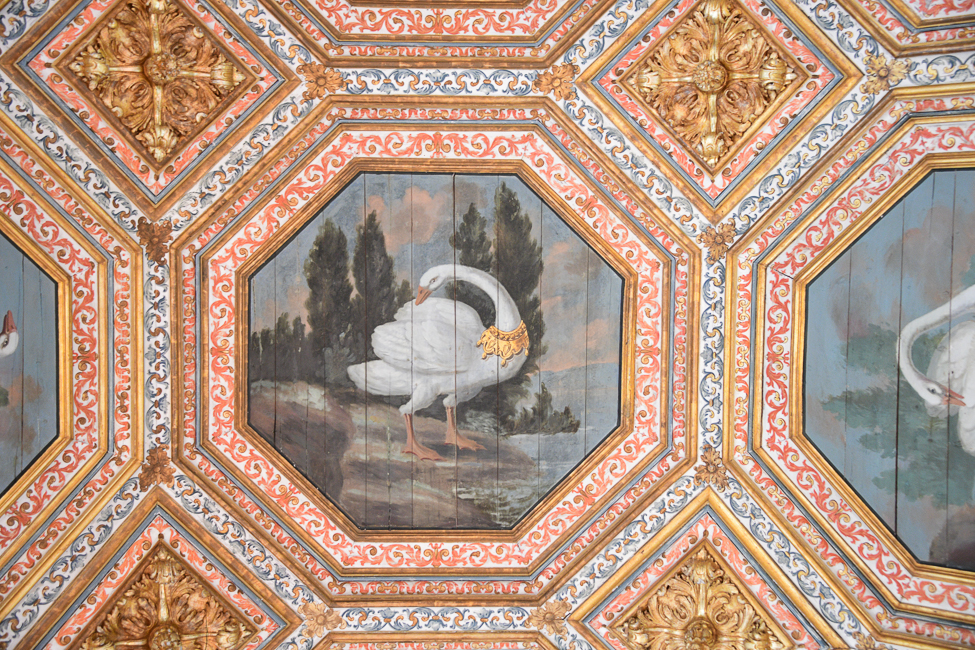
In the Palacio Nacional It is not known when these were painted, but it is thought they date to the 14th century. The crowned swan was an emblem used by Henry IV of England.

This is the Magpies Chamber and is thought to date to the 15th century. There are 135 magpies, but the significance is unknown.
This was originally the estate of the viscountess of Regaleira, a family of wealthy merchants from Porto. It was sold to Carvalho Moneiro in 1892 and with the help of Italian architect Luigi Manini he expanded the gardens. He also added some interesting touches of mysticism.
In 1987, the estate was sold to the Japanese Aoki Corporation and became a corporate entity. It was then acquired by the Sintra Town Council and is now part of the “Disneyland of Sintra”.
At Regaleira people wander aimlessly looking for the infamous wells. The wells never served as water sources. Instead, they were used for ceremonial purposes that included Tarot initiation rites. Remember I said, there was mysticism involved. The larger well, open to tourists, is where you descend an 88 foot spiral staircase with several small landings. The spacing of these landings, combined with the number of steps in the stairs, are linked to Tarot mysticism. Other references may be to Freemasonry, Rosicrucianism or Knights Templar rituals.
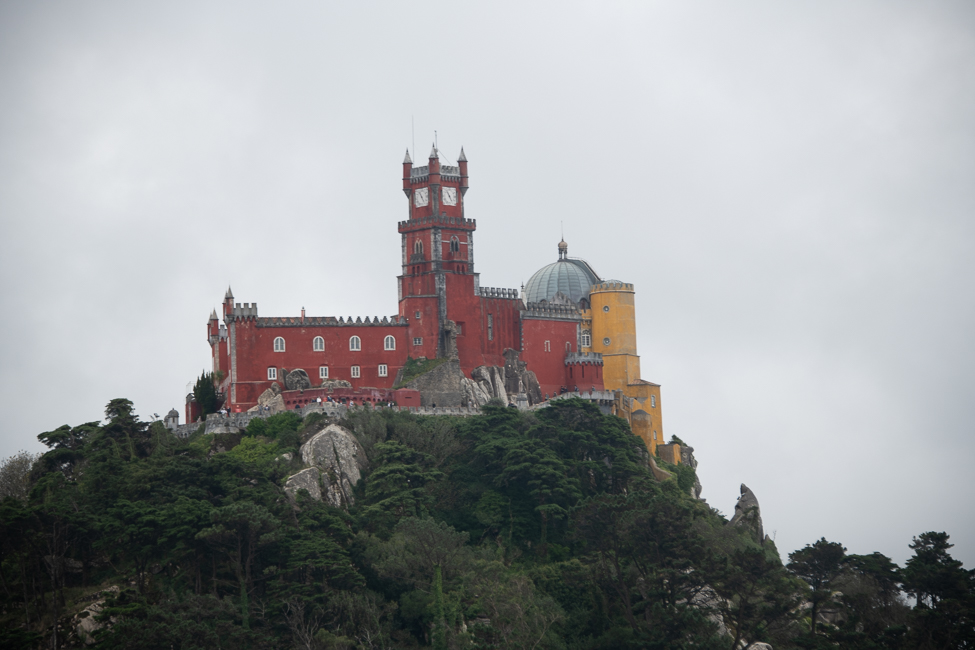
Palacio de Pena Sintra Portugal – on the advice of a local I skipped this, and I am glad I did, if for no other reason, I ran out of time. And yes, I am aware that it is the number one loved spot by tourists, I am not a tourist. This was taken from the Castle of the Moors.
One of my more treasured moments was the Monserrate Palace, simply because very few tourist go there. It is jaw dropping amazing. It sits upon a piece of land with gardens that go on forever, and a house whose artistry is beguiling. The design was influenced by Romanticism and Mudéjar Moorish Revival architecture with Neo-Gothic elements.
According to the plaque next to this arch it is an Indian Arch acquired by Sir Francis Cook in the wake of the Sepoy Mutiny. ” this uprising broke out on 10 May 1857 as a means of protest against the campaign of westernization engaged in by the British East India Company. The British army ended up defeating the mutineers and, in response to the attempt at rebelling, Indian palaces were sacked and destroyed. Much of the spoils therein obtained were brought to Europe.”
Well at least they admit it.
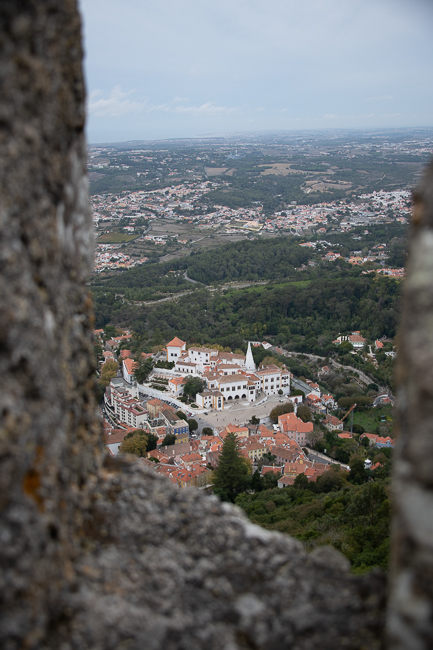 I ended my day at the top of the world and what they call the Castle of the Moors.
I ended my day at the top of the world and what they call the Castle of the Moors.
Here are some random shots from my day:
Sintra is absolutely worth a visit, and as I said, more than one day if you are serious. If you visit, hire a driver. Not a guide, but a driver. There are two bus routes served by city buses but they run about 30 minutes apart, so if your timing is off, you waste a lot of time sitting and waiting. Every site has its own entry fee, so the day is not cheap, choose wisely, but please, despite my criticisms go, it is worth it.
